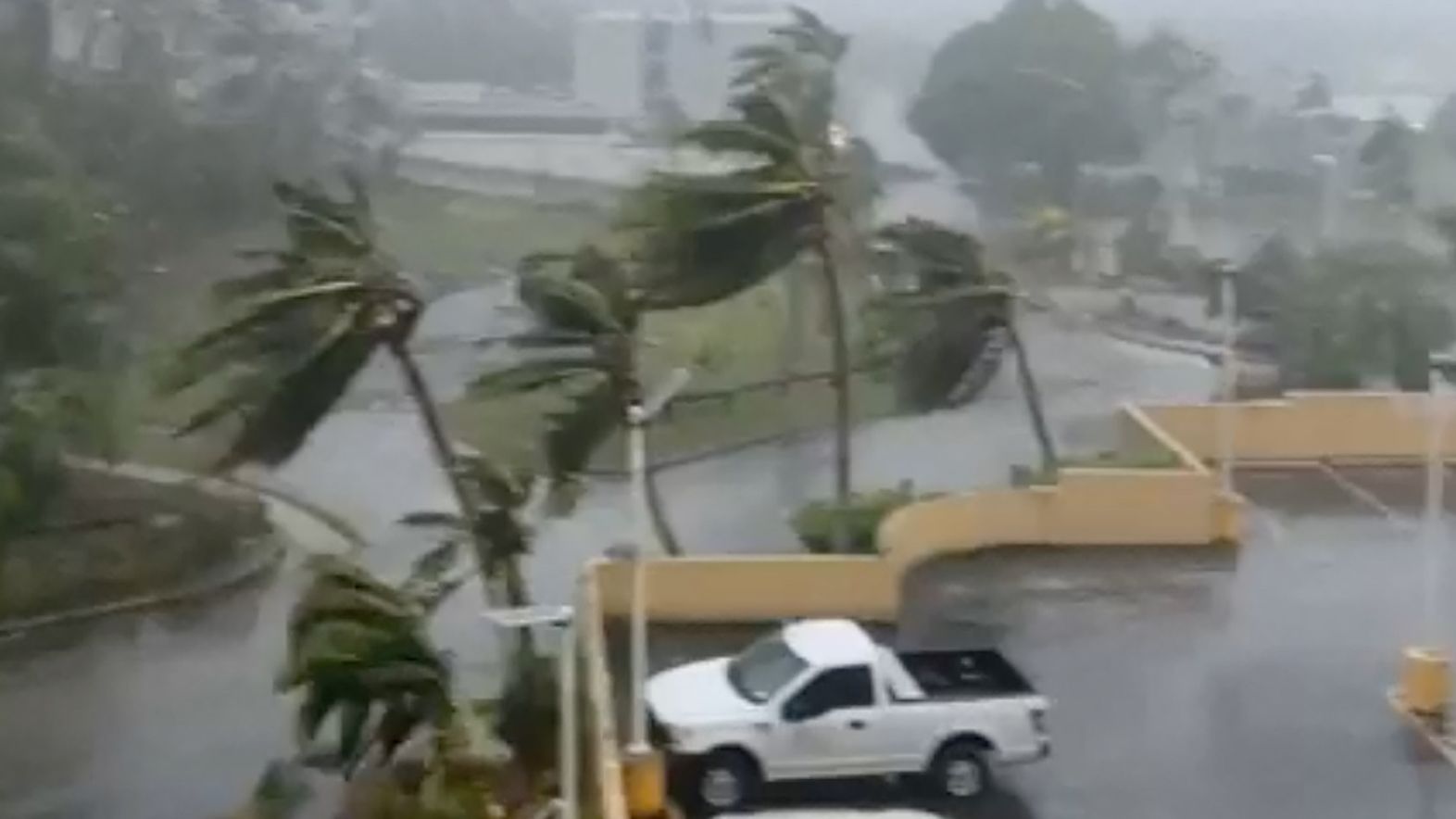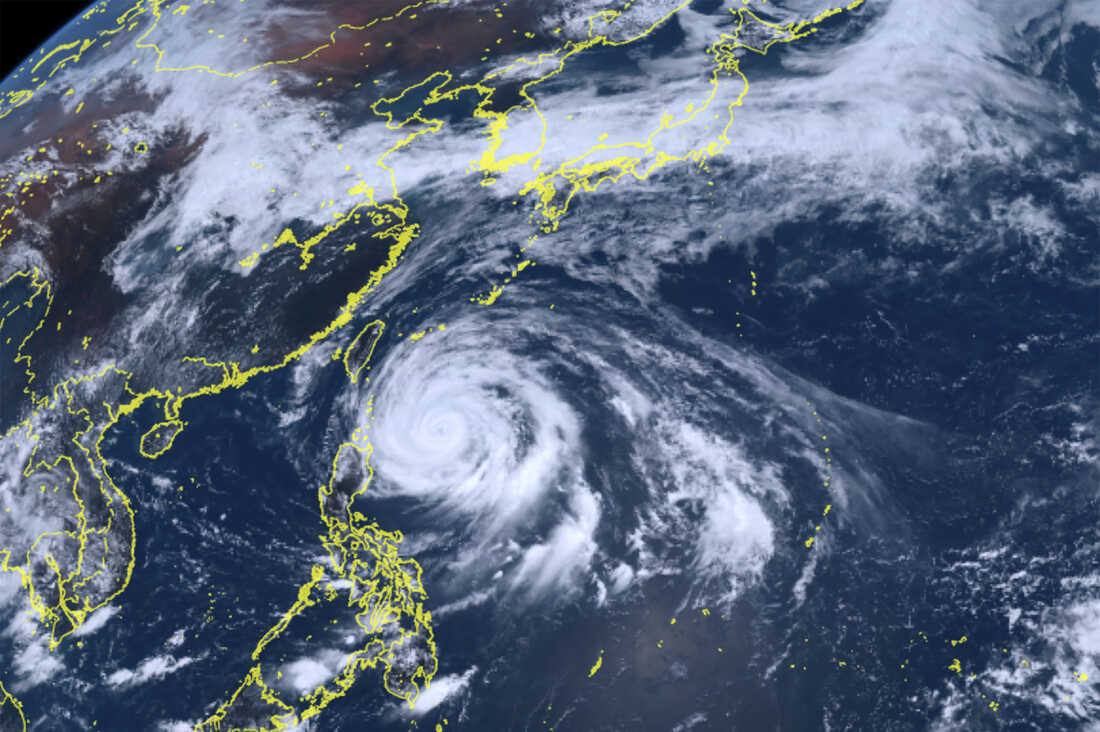As Super Typhoon Mawar approaches the Philippines northern provinces a week after hammering the US territory of Guam, officials have begun evacuating thousands of people, closed schools and offices, and enforced a no-sail prohibition.
The typhoon has maximum sustained winds of 155 km/h (96 mph) and gusts of up to 190 km/h (118 mph), however it is expected to miss the northern mountainous region entirely. According to current forecasts, the super typhoon will turn northeast into Taiwan or southern Japan by mid-week.
Authorities have issued warnings of catastrophic tidal surges, flash floods, and landslides as the storm passes across Cagayan and the northernmost province of Batanes on Tuesday and Wednesday. On Monday, strong winds pounded the eastern communities of Cagayan, causing an old and empty warehouse in a dock to collapse and forcing more families to evacuate to evacuation centres.
According to Assistant Secretary Raffy Alejandro of the Office of Civil Defence, about 5,000 individuals have sought refuge in Cagayan, Batanes, and other provinces. He predicted that the number will climb as precautionary evacuations were carried out in flood- and landslide-prone areas.
Except for individuals active in disaster preparation, classes and office activity have been halted. Flights to and from the provinces have been cancelled, and fishing and passenger ships are not permitted to depart. A spirits prohibition has been implemented in at least one province.
“Even when the sun is shining, the weather is so unpredictable nowadays that it can change at any time,” Alejandro told The Associated Press. “We’re talking about potential threats to people’s lives here.”
Typhoon Mawar, the strongest typhoon to slam the US Pacific island in almost two decades, ripped into Guam this week, flipping cars, tearing off roofs, and shutting out power.
“These typhoons, earthquakes, and natural calamities have been a part of our lives,” Batanes Vice Governor Ignacio Villa told the Associated Press over the phone. “We cannot afford not to prepare because it could result in the loss of lives and significant damage.”
Officials claimed that army personnel, police, firefighters, and volunteer organisations were on standby for search and rescue efforts, and that more than a million food packs had been prepared for any situation.
Villa stated that when the storm approached, the local authorities sent ropes to locals in high-risk communities to help them strengthen their homes. Batanes, an island chain with a population of around 19,000 people, has been experiencing nighttime power disruptions in recent days due to a tanker ship carrying fuel for its power generators taking cover from the coming storm.
While the typhoon was mostly targeting the country’s northern provinces, government forecasts predicted it might increase monsoon rains in areas further south, including the capital, Manila, and the central Philippines.
Each year, approximately 20 typhoons and storms pound the Philippine archipelago, which also lays on seismic faults where volcanic eruptions and earthquakes occur, making the Southeast Asian nation one of the most disaster-prone in the world.
In November 2013, Typhoon Haiyan killed or went missing over 7,300 people, obliterated entire communities, washed ships inland, destroyed over a million shanties and dwellings, and displaced over 5 million people in one of the country’s poorest regions in the central Philippines.
Typhoons in the Philippines
The Philippines is located in a region of the Pacific Ocean known as the “Typhoon Belt,” making it prone to typhoons, also known as tropical cyclones. Typhoons are intense tropical storms characterized by strong winds, heavy rainfall, storm surges, and potential flooding.
The country experiences an average of 20 typhoons annually, with varying degrees of intensity. The typhoon season in the Philippines typically begins in June and lasts until November, peaking between August and October. Some notable typhoons that have affected the Philippines in the past include:
1. Typhoon Haiyan (Yolanda) – One of the strongest typhoons ever recorded, Haiyan struck the Philippines in November 2013. It caused widespread devastation, particularly in the Visayas region, with a high death toll and significant damage to infrastructure.
2. Typhoon Mangkhut (Ompong) – Mangkhut made landfall in Luzon in September 2018. It caused landslides, destroyed crops, and disrupted transportation. It affected several provinces in northern Philippines, including the Cordillera Administrative Region.
3. Typhoon Kammuri (Tisoy) – Kammuri hit Luzon in December 2019 and caused the cancellation of numerous flights, school closures, and the evacuation of thousands of people. It affected the Bicol Region and parts of the Calabarzon and Central Luzon regions.
4. Typhoon Goni (Rolly) – Goni struck the Philippines in November 2020, primarily affecting the Bicol Region. It was one of the strongest typhoons to make landfall that year, causing widespread damage, displacing thousands of people, and resulting in casualties.
These are just a few examples, but the Philippines has a long history of dealing with typhoons. The government and various organizations are continuously working to improve disaster preparedness and response to minimize the impact of these natural disasters on the country and its people.







